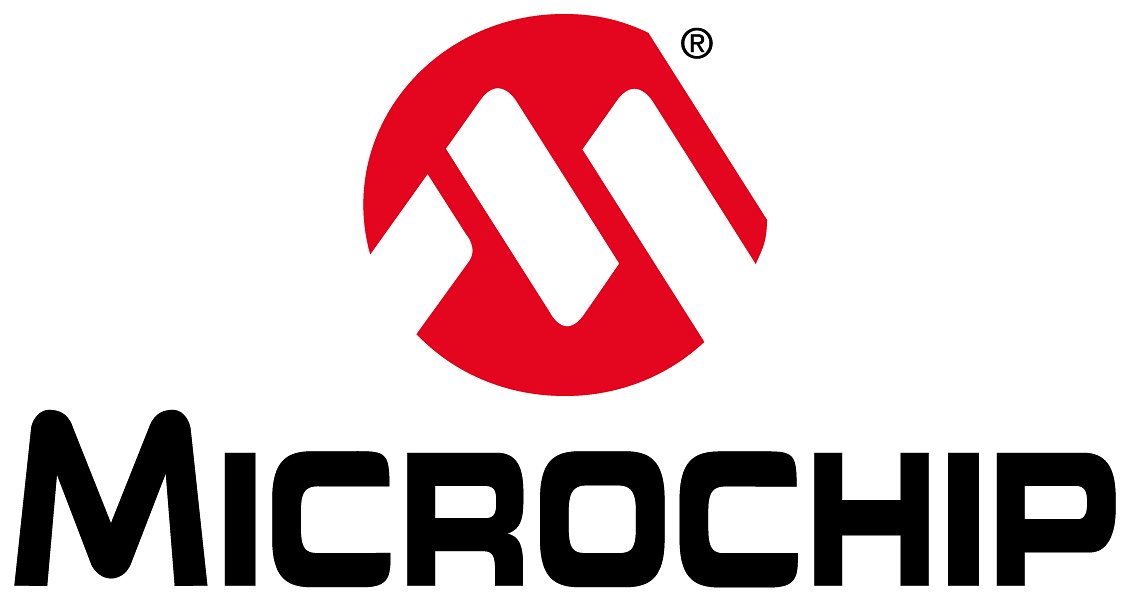
Beyond Earth: Microchip's New Transceiver Fortifies Space Infrastructure, Enables Next-Gen Missions
As the 'New Space' economy booms, reliable communication is paramount. Microchip's radiation-tolerant transceiver boosts bandwidth & resilience, powering everything from Earth observation to deep-space exploration – and even terrestrial applications.
Beyond Earth: Microchip’s New Transceiver Fortifies Space Infrastructure, Enables Next-Gen Missions
By David Patterson, *Industrial Innovation: Tech, Trends & Transformation*
CHANDLER, Ariz. – The burgeoning ‘New Space’ economy demands more than just innovative launch capabilities. Reliable, high-bandwidth communication is the vital nervous system that connects satellites, spacecraft, and ground control – and increasingly, enables complex onboard processing. Microchip Technology is addressing this critical need with the ATA6571RT, a radiation-tolerant CAN FD transceiver designed to withstand the harsh realities of space while dramatically increasing data transmission speeds.
The ATA6571RT, announced this week, isn’t just an incremental upgrade; it represents a significant leap forward in space-grade communication. While traditional CAN transceivers max out at around 2 Mbps, the ATA6571RT supports CAN FD (Flexible Data-Rate) protocols, potentially achieving speeds up to 5 Mbps. This boost isn't merely about faster downloads; it's about enabling more sophisticated onboard data analysis, higher-resolution imagery, and more complex scientific instruments – fundamentally changing what's possible in space.
Resilience in a Hostile Environment
Space is a particularly brutal operating environment. Beyond the vacuum and temperature extremes, constant bombardment from high-energy particles poses a significant threat to electronic components. These particles can cause single-event upsets (SEUs), data corruption, and even permanent damage. “Radiation hardening is absolutely essential for any component destined for long-duration space missions,” explained one aerospace engineer, speaking on background. “Without it, you’re facing a constant risk of failure.”
The ATA6571RT is designed to withstand total ionizing dose (TID) radiation up to 100 krad(Si) and single-event effects (SEE) up to 120 MeV·cm²/mg – meeting rigorous MIL-STD-883 and ESA standards. This resilience isn't just about preventing catastrophic failure; it’s about ensuring long-term reliability and minimizing the need for costly repairs or replacements.
Powering the Next Generation of Space Missions
The implications of this increased bandwidth and resilience are far-reaching. “The demand for data from space is exploding,” noted a source within the Earth observation sector. “Higher resolution imagery, more frequent updates, and the need to process data onboard the satellite – all of this requires significantly more bandwidth.”
The ATA6571RT is ideally suited for a wide range of applications, including:
- Earth Observation: Supporting high-resolution cameras and sensors for environmental monitoring, disaster response, and agricultural analysis.
- Scientific Satellites: Enabling more complex scientific instruments and allowing for real-time data analysis.
- Space-Based Internet: Facilitating faster and more reliable connectivity for remote locations.
- Deep-Space Exploration: Providing robust communication links for missions to Mars, Jupiter, and beyond.
“The move to CAN FD is crucial for the next generation of satellites,” added an engineer specializing in satellite communication. “It’s not just about speed; it's about efficiency. CAN FD allows us to transmit more data with fewer resources.”
Beyond Orbit: Terrestrial Applications of Space-Grade Technology
Interestingly, the benefits of radiation hardening aren’t limited to space. The same technologies that protect electronic components from cosmic radiation can also enhance reliability in harsh terrestrial environments. “There’s a growing recognition that space-grade technology can address challenges in other industries,” said one technology manager. “We’re seeing potential applications in areas like industrial automation, medical devices, and critical infrastructure.”
Specifically, the ATA6571RT’s robust design could be beneficial in applications where high reliability is paramount, such as:
- Industrial Control Systems: Protecting critical infrastructure from electromagnetic interference and harsh environmental conditions.
- Medical Implants: Ensuring the reliable operation of life-saving medical devices.
- Autonomous Vehicles: Enhancing the safety and reliability of self-driving cars.
Microchip’s Commitment to Space Innovation
The ATA6571RT is the latest example of Microchip’s long-standing commitment to space innovation. The company has a proven track record of supplying reliable components for a wide range of space missions, including NASA’s Mars rovers and ESA’s satellites. Microchip’s ongoing investment in radiation-hardening technologies positions them as a key player in the rapidly evolving space industry.
“The demand for reliable, high-performance components in space will only continue to grow,” concluded an industry analyst. “Companies like Microchip that are investing in radiation-hardening technologies are well-positioned to capitalize on this trend.”
The ATA6571RT isn’t just about faster data rates or more reliable components; it’s about unlocking the full potential of space exploration and enabling a new era of innovation, both in orbit and on Earth. As the ‘New Space’ economy continues to boom, this technology will play a critical role in shaping the future of space exploration and beyond.
